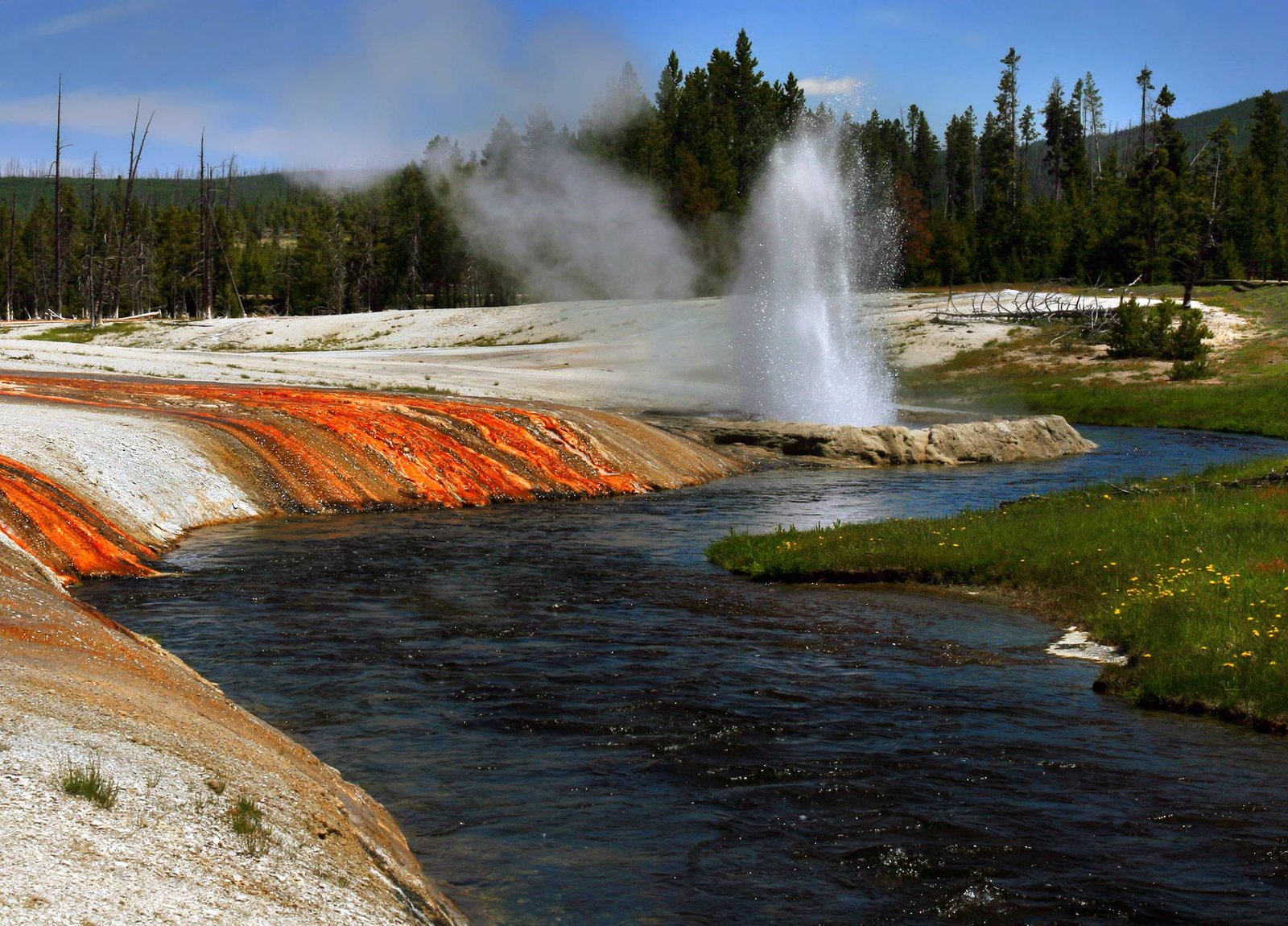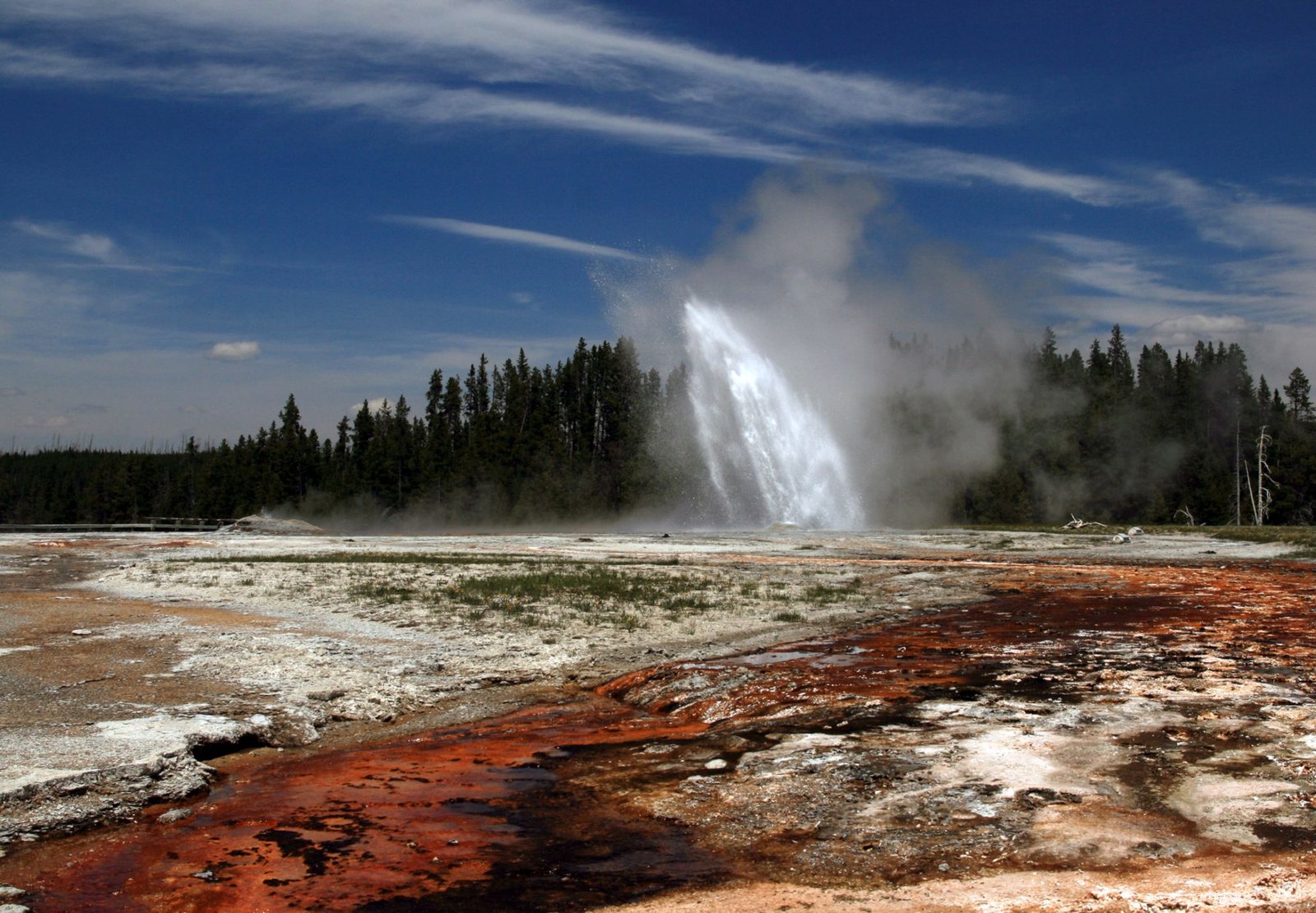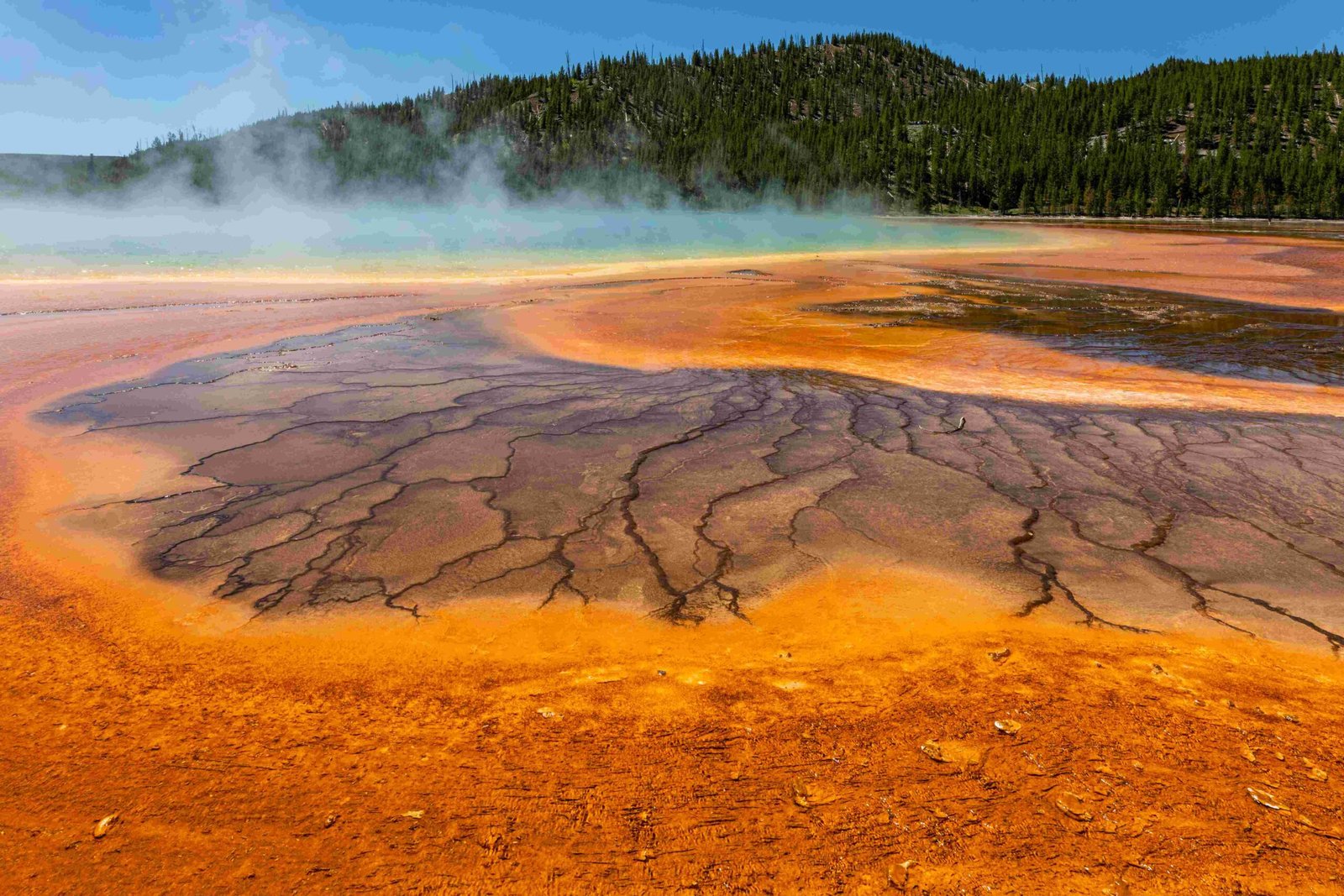Yellowstone National Park is surrounded by majestic mountain ranges, offering visitors breathtaking views and diverse hiking opportunities. The park’s landscape is dominated by the Absaroka, Gallatin, and Red Mountains ranges, each presenting unique geological features and outdoor experiences. From the towering Eagle Peak to the accessible Mount Washburn, these mountains provide a range of adventures for all skill levels, showcasing the park’s natural beauty and geological wonders.
What Are the Top Mountains to Visit Near Yellowstone National Park?

Yellowstone National Park is home to several impressive mountain ranges, each offering unique experiences for visitors. Here are some of the top mountains to explore:
- Eagle Peak (Absaroka Range)
- Elevation: 11,350 feet
- Accessibility: Very challenging due to remote location
-
Notable Features: Highest peak in Yellowstone
-
Mount Washburn (Washburn Range)
- Elevation: 10,243 feet
- Accessibility: Moderate 6-mile round trip hike
-
Notable Features: Fire lookout tower, popular hiking destination
-
Mount Sheridan (Red Mountains Range)
- Elevation: 10,308 feet
- Accessibility: Remote, requires backcountry trip
-
Notable Features: Fire lookout tower, part of Heart Lake area
-
Electric Peak (Gallatin Range)
- Elevation: 10,992 feet
- Accessibility: Restricted due to bear management
- Notable Features: Highest point in Gallatin Range within Yellowstone
Which Trails Offer the Best Mountain Views in Yellowstone?

For those seeking to experience the mountains of Yellowstone up close, several trails offer spectacular views:
- Mount Washburn Trail
- Length: 6 miles round trip
- Difficulty: Moderate to strenuous
- Trailhead: Near Dunraven Pass or Chittenden Road
-
Features: Panoramic views, fire lookout tower
-
Avalanche Peak Trail
- Length: 4 miles round trip
- Difficulty: Strenuous
- Trailhead: East Entrance road
-
Features: Steep climb, stunning views of Absaroka Range
-
Forces of the Northern Range Trail
- Length: 0.5 miles loop
- Difficulty: Easy
- Trailhead: Blacktail Deer Plateau
- Features: Accessible boardwalk, educational exhibits
What Are the Most Accessible Mountain Viewpoints in Yellowstone?
For visitors with mobility concerns or those seeking easier access to mountain views, Yellowstone offers several accessible viewpoints:
- Artist Point
- Location: South Rim Drive
- Accessibility: Wheelchair accessible
-
Features: Views of Lower Falls, accessible parking and restrooms
-
Inspiration Point
- Location: North Rim Drive
- Accessibility: Wheelchair accessible pathways
-
Features: Canyon views, accessible facilities
-
Upper Falls Overlook
- Location: South Rim Drive
- Accessibility: Short wheelchair accessible path
- Features: Views of Upper Falls and Crystal Falls
How Can Visitors Experience the Absaroka Range?
The Absaroka Range offers some of the most challenging and rewarding hiking experiences in Yellowstone:
- Avalanche Peak Trail
- Length: 4 miles round trip
- Hiking Time: 3-4 hours
- Best Season: Summer and early fall
-
Guided Tours: Available but not mandatory
-
Eagle Peak Trail
- Length: Variable, multi-day trip
- Difficulty: Extremely challenging
- Best Season: Summer
- Guided Tours: Highly recommended due to remoteness
What Scenic Drives Showcase Yellowstone’s Mountains?
For those who prefer to explore by car, Yellowstone offers several scenic drives with mountain views:
- South Rim Drive
- Length: Approximately 20 miles
- Key Stops: Upper Falls Overlook, Artist Point
-
Features: Views of Upper Falls, Lower Falls, Crystal Falls
-
North Rim Drive
- Length: Approximately 20 miles
- Key Stops: Lookout Point, Inspiration Point
-
Features: Grand Canyon of the Yellowstone views
-
Dunraven Pass Road
- Length: Approximately 10 miles
- Key Stops: Mount Washburn trailheads
- Features: Views of Washburn Range, Yellowstone Lake
What Should Visitors Know About Mountain Safety in Yellowstone?
When exploring the mountains near Yellowstone National Park, safety should be a top priority:
- Weather Preparedness
- Check forecasts before hiking
-
Bring appropriate gear for sudden changes
-
Wildlife Awareness
- Carry bear spray and know how to use it
-
Make noise to avoid surprising animals
-
Altitude Considerations
- Acclimatize before strenuous hikes
-
Stay hydrated and recognize altitude sickness symptoms
-
Trail Etiquette
- Stay on marked trails to protect vegetation
-
Practice Leave No Trace principles
-
Emergency Preparedness
- Inform someone of your hiking plans
- Carry a first aid kit and emergency communication device
By following these guidelines, visitors can safely enjoy the stunning mountain landscapes of Yellowstone National Park.

